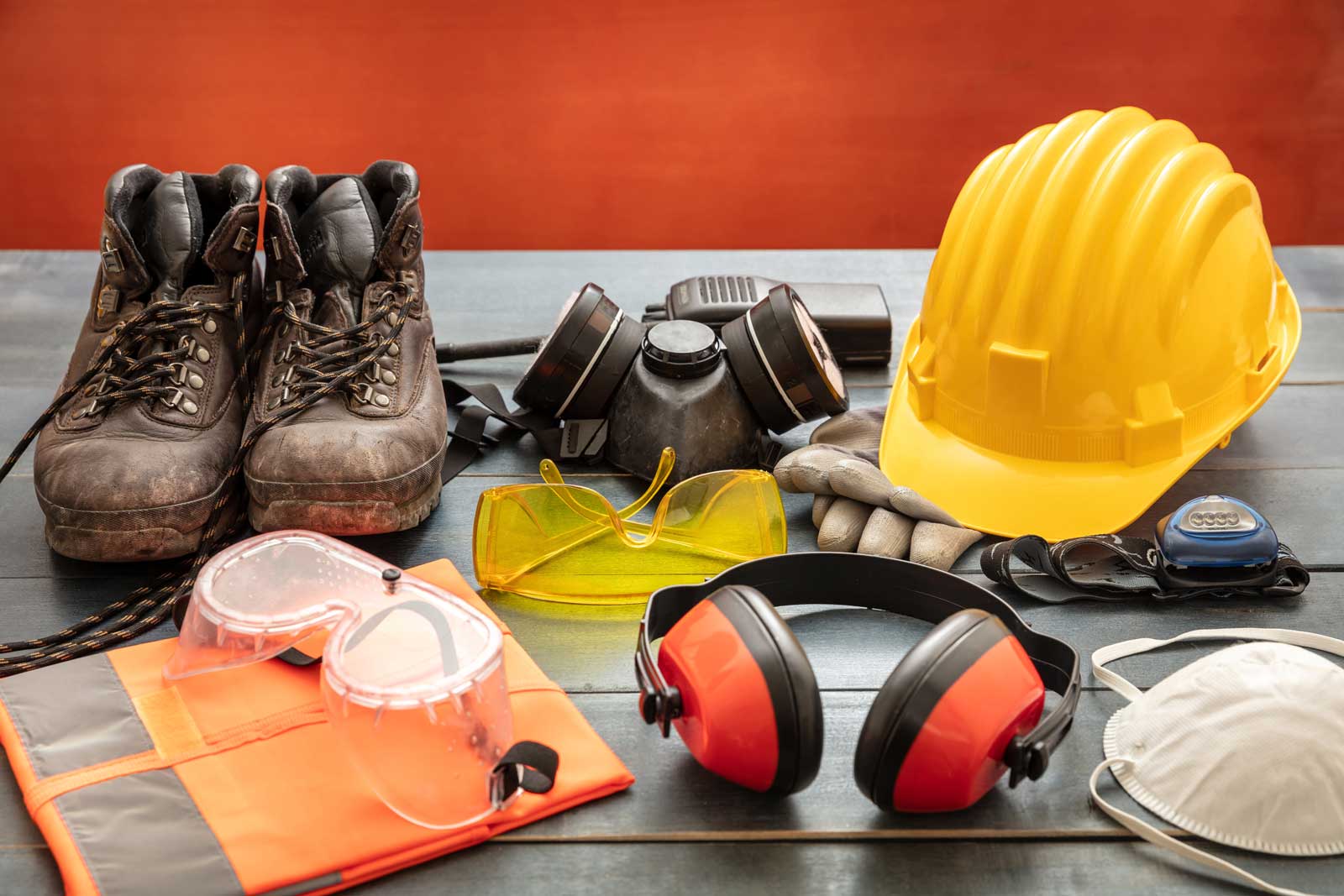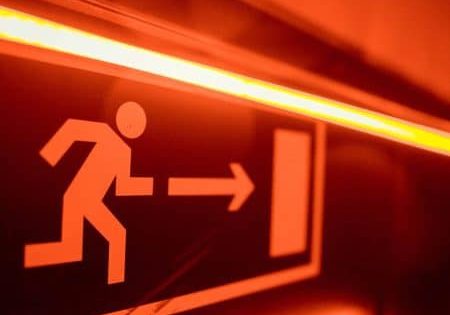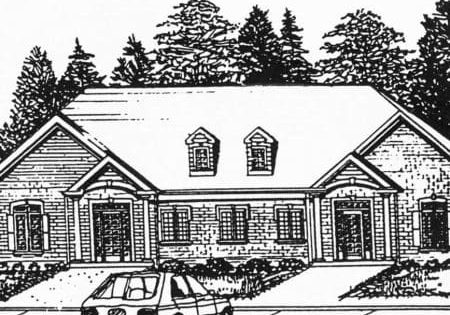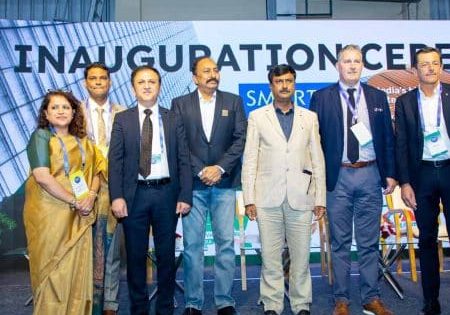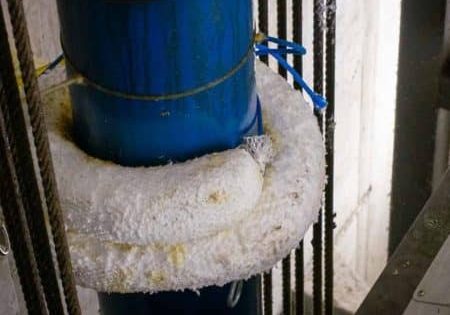What is the industry’s Model Elevator Law, and how is it making building transportation safer across U.S. jurisdictions?
The National Elevator Industry, Inc. (NEII) was founded to develop safety codes and standards for the elevator industry. Alongside that core mission, the industry recognized the necessity for consistent adoption and enforcement by states and other AHJs. By 2001, NEII and the International Union of Elevator Constructors (IUEC), along with the Elevator Industry Work Preservation Fund, partnered to develop the Model Elevator Law (MEL).
The MEL provides a strong foundation for a comprehensive elevator program that can be adopted by any jurisdiction. Due to the complex and technical nature of the industry and its equipment, minimum professional standards are necessary to provide safety for the riding public and industry personnel. The MEL is meant to bring everyone in the industry to the same standards to ensure uniform safety measures for the safe and proper installation, maintenance, operation and inspection of elevators, escalators and other conveyances. In short, the MEL ensures that there are dedicated programs and consistent requirements to protect industry personnel and provide for the safety of the riding public.
On February 13, I joined Frank Christensen, general president of the IUEC, in signing the fourth revision of the MEL (MEL rev4). The ongoing partnership between NEII and the IUEC has been vital to ensure the MEL is updated to reflect the most current industry safety standards and practices. Our collaboration to promote the MEL within jurisdictions for more than 20 years has led to the establishment of strong, effective and safe elevator programs across the U.S.
Summary of Adoption
To date, 12 states, plus the District of Columbia, have elements of the MEL in their state programs. (Many major cities have delegated authority for comprehensive programs, as well, but this article is focused on state-level programs.)
Every other state has some — but not all — elements of the MEL. For example, Delaware is the only state that fully delegates elevator code adoption, permitting, inspections and enforcement to the local level, but it has statewide licensing. North Carolina, North Dakota and South Dakota, on the other hand, are the only states that lack some kind of licensing requirements specific to the elevator industry. They each, however, have statewide codes, permitting, inspections and enforcement at the state level.
Specific to industry licensing, 38 states and the District of Columbia require work to be performed by licensed mechanics who have demonstrated the capabilities necessary to work on elevators. Two other states require an electrician’s license to work on elevators, and 10 states have no licensing standards in place for this industry.
For safety reporting, only 12 states do not currently have some form of accident reporting (that is, safety reports not required by federal or state occupational health and safety statutes).
A Look at the Elements of the MEL rev4
Permitting, inspections and enforcement are the foundation of all current elevator programs.
- Permits are recommended for any work involving constructing, installing, altering, replacing, dismantling, demolishing or removing from service elevators or other conveyances covered by the MEL.
- Certificates of operation should be issued by the jurisdiction for equipment used by the public following an inspection and specific testing required by industry safety codes.
- Each AHJ should also put measures in place to enforce all aspects of the elevator program to verify compliance and ensure the safety of industry personnel and the riding public.
Code adoption is necessary so that the most current industry codes reflecting up-to-date safety standards and modern technology are in place.
- The MEL recommends that jurisdictions adopt each edition of the industry safety codes within one year of publication.
Elevator contractor licenses ensure reputable companies work in this industry.
- Elevator contractors should employ at least one licensed elevator mechanic trained to work on building-transportation systems.
- Applications should include a place for companies to indicate years of experience.
- Companies should also show proof of adequate insurance coverage for general liability, workers’ compensation, personal injury and property damage.
Mechanic licensure and related continuing-education requirements guarantee the people working on the equipment have been properly trained.
- Each program should offer multiple pathways for mechanic licensing, such as:
- Successfully completing a nationally recognized apprenticeship or nationally recognized training program for elevator mechanics.
- Performing at least 8,000 h of acceptable work experience in construction, installation, maintenance, service or repair of elevators or other conveyances.
- Passing a nationally recognized elevator mechanic’s examination, such as one administered by NEIEP or an equivalent program approved by the U.S. Department of Labor.
- Grandfathering may also be offered to existing industry technicians with specific experience at the inception of a licensing program.
- Mechanic licenses should be issued for a limited period of time, and licensees should be required to complete continuing education in order for a mechanic to maintain his/her license.
The MEL ensures that there are dedicated programs and consistent requirements to protect industry personnel and provide for the safety of the riding public.
Inspector licenses provide confidence that the individuals inspecting equipment are knowledgeable about the equipment, industry codes and testing procedures.
- AHJs are encouraged to require that all inspectors be certified in accordance with the ASME QEI-1, Standard for the Qualifications for Elevator Inspectors.
- As appropriate, inspectors should also show proof of adequate insurance coverage for general liability, workers’ compensation, personal injury and property damage.
Elevator safety boards are valuable resources for the adoption of codes, identification of licensing requirements and other areas of assistance to the jurisdictions. Boards should:
- have a diverse makeup, with representatives from different segments of the industry, the department and the public.
- be balanced to permit all perspectives to have an equitable role in the determination of rules, policy, licensing procedures and variances.
Safety reporting helps jurisdictions gain knowledge about accidents involving the public.
- The MEL encourages jurisdictions to gather information from building owners when incidents involving the public occur on their equipment.
What’s Next
The MEL, as well as the collaboration between AHJs and the industry, has served as a foundation for the development of reasonable regulation, bolstered a safer environment for the industry workforce and improved public safety. Before the MEL was created, there was little consistency from state to state related to code adoption, inspections, permits, licensing or other key program elements. But today, every state has a program. While not every state has adopted the MEL in its entirety, the parts they have adopted are comparable to each other and provide a more uniform approach to each.
Moving forward, the industry, labor and the states will focus efforts on filling remaining program gaps within the regulatory structure of each jurisdiction. While universal adoption of all components of the MEL remains the long-term goal, it is critical for all parties to collaborate effectively and embrace flexibility. It is said that states are the laboratories of democracy. In structuring elevator programs, the states — assisted by the industry and labor — have proven we have the formula for success.
Key Elements of the Industry’s Model Elevator Law:
- Permitting and inspections
- Enforcement
- Code adoption
- Licensing
- Elevator Safety Board
- Safety reporting
Get more of Elevator World. Sign up for our free e-newsletter.
